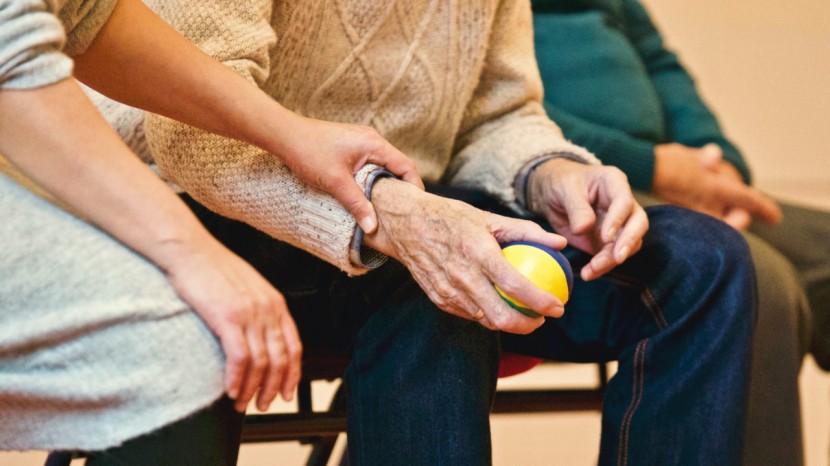
Scientists have found a way to make human skin cells act as if they were 30 years younger than they actually are, a feat that could address the diseases that humans suffer from as a result of the aging process.
While it is not the mythical fountain of youth that many people would love to gain access to, it is a beginning to help many people worldwide. Scientists found a way to engineer human skin cells, resetting them to a much more youthful state in terms of certain molecular measurements.
Making Human Skin Cells Younger
Currently, the research is still in its very early stages, but the technique used by scientists could play a major role in efforts to produce rejuvenating medicine that could undo some of the damaging consequences of human bodies getting older.
The research is particularly notable because the skin cells were reprogrammed to be biologically younger while retaining some of the functionality that made them skin cells in the first place. Scientists used a process that builds on the Nobel Prize-winning work of Shinya Yamanaka in 2007, as per Science Alert.
At the time, Yamanaka was able to turn normal cells with a specific function into stem cells that were able to develop into any type. However, this meant that the cell itself would lose its specific density.
The researchers from the Babraham institute's epigenetics research program in the UK published the study in the journal eLife. Postdoctoral researcher Diljeet Gill, who conducted the work while being a Ph.D. student, said in a statement that the results of the study were a big step forward in the understanding of cell reprogramming.
According to CTV News, he said that the team was able to prove that cells can be rejuvenated without losing their function and that the process looks to restore some function to old cells. Furthermore, the researchers saw a reverse in aging in genes associated with diseases was promising for the future of their work.
Origin of the Technique
The scientists also said that they can do the same thing they did to the skin cells to other tissues in a human's body. The eventual aim of the research is to figure out and develop treatments for age-related diseases, including diabetes, heart disease, and neurological disorders.
Professor Wolf Reik, the head of the team, said in an interview that he was hoping the technique could later be used to keep people healthier for longer as they get older. He added that scientists have been dreaming about this kind of thing for so long and noted that many common diseases worsened with age.
Reik added that due to being in the early stages there were still several scientific issues that researchers needed to overcome before it gets approved for clinics. However, he said that the demonstration of cell rejuvenation was a critical step forward.
The technique originated from human attempts to clone a sheep that led to the creation of Dolly, the cloned sheep. Researchers at the Roslin Institute just outside Edinburgh developed a method that turned an adult mammary gland cell of a sheep into an embryo, BBC reported.
Related Article:
Alzheimer's Study Reveals 42 Genes Linked to Increased Risk for Brain Disease [Full Details]
© 2025 HNGN, All rights reserved. Do not reproduce without permission.








